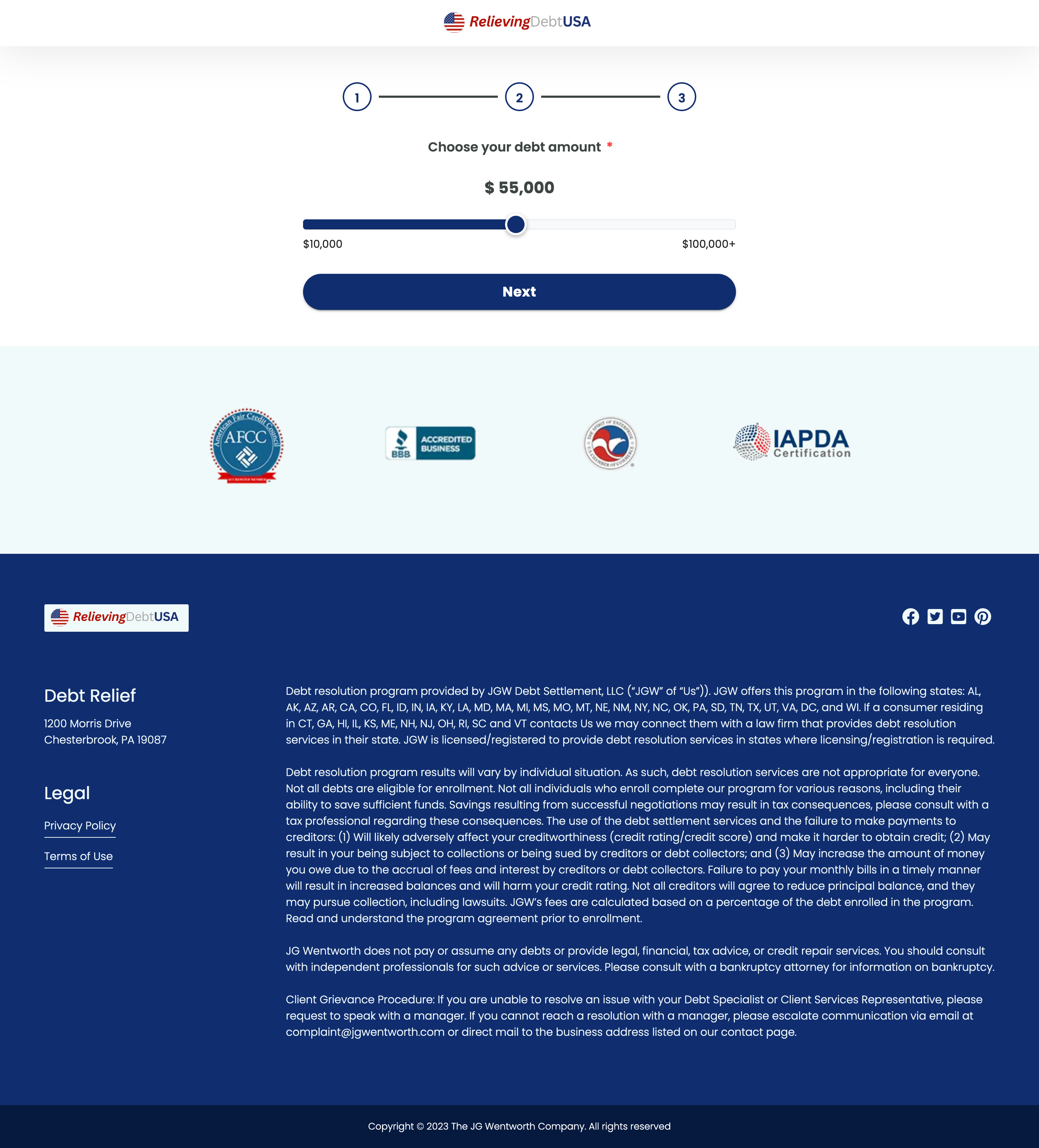Why PPC Campaigns Fail Without Great Landing Pages
Table of Contents
- Introduction
- Importance of Landing Pages in PPC
- Common Reasons PPC Campaigns Fail
- Essential Elements of a Successful Landing Page
- Optimizing Landing Pages for PPC Success
- Conclusion
Introduction
In the competitive landscape of online advertising, Pay-Per-Click (PPC) campaigns are a popular method for driving targeted traffic to websites. However, many businesses find that despite well-planned PPC campaigns, their conversion rates remain disappointingly low. This often leads to the question: why do PPC campaigns fail? One crucial factor is the absence of well-optimized landing pages. This article explores the importance of landing pages in the context of PPC campaigns and provides insights into how you can optimize them for better results.
Importance of Landing Pages in PPC
Role of Relevancy
Landing pages play a pivotal role in ensuring the relevancy of your PPC campaigns. When users click on a PPC ad, they expect to find content that aligns closely with the advertisement they interacted with. A highly relevant landing page reinforces the promise made by the ad, increasing the likelihood of conversion. Mismatched content can lead to confusion and frustration, resulting in lost conversions and wasted ad spend.
Enhanced User Experience
User experience is a cornerstone of successful online marketing. A well-designed landing page enhances user experience by providing a clear pathway from the initial click to the desired conversion. By streamlining navigation, loading quickly, and presenting relevant information prominently, landing pages help guide users through the funnel efficiently.
Common Reasons PPC Campaigns Fail
Poor Landing Page Design
Even the most creative ad can’t save a poorly designed landing page. Elements such as cluttered layouts, confusing navigation, and unappealing visual design can deter users. A landing page must be carefully crafted to hold the visitor’s attention and guide them towards a Call-to-Action (CTA).
Lack of a Clear Call-to-Action
A common pitfall in failed PPC campaigns is the absence of a clear and compelling CTA. If visitors are unsure about what action they need to take next, they are more likely to leave the page. A strong CTA should be prominent, persuasive, and closely tied to the ad’s promise.
Slow Loading Times
Loading speed is more critical than ever in today’s fast-paced digital world. Slow-loading landing pages frustrate users and increase bounce rates. Google’s data suggests that 53% of mobile users abandon sites that take longer than three seconds to load, proving that speed is essential for effective PPC landing pages.
Mismatched Messaging
Consistency between ad copy and landing page content is crucial. Discrepancies between what users read in an ad and what they find on the landing page can lead to mistrust. For instance, if a user clicks on an ad promising a discount, that discount should be clearly visible on the landing page.
Essential Elements of a Successful Landing Page
Compelling Headline
The headline is the first thing users see when they land on a page, making it a critical element. A compelling headline should instantly communicate the value proposition and encourage the visitor to stay on the page.
Persuasive Copy
Once the headline captures attention, the copy must hold it. Persuasive copy is concise, focused on benefits, and aligned with the ad’s message. It should address user pain points and drive them toward the CTA.
Visual Content
Humans are visual creatures. High-quality images, videos, and graphics can make a landing page more appealing and help convey complex information quickly. Visuals should be relevant and not detract from the main message.
Trust and Credibility
Building trust is essential for converting visitors. Include elements like security badges, testimonials, and case studies to enhance credibility. These can reassure visitors that they’re making a safe and informed decision.
Optimizing Landing Pages for PPC Success
Testing and Analytics
Optimization is an ongoing process that involves regular testing and analytics. A/B testing different elements of a landing page allows you to identify what works best. Use analytics tools to track performance and user behavior to continually refine and improve your landing pages.
Mobile Optimization
With the growing number of users accessing the internet via mobile devices, mobile optimization is no longer optional. Ensure that landing pages are mobile-friendly, with responsive design that maintains usability and functionality across various screen sizes.
Conclusion
PPC campaigns can drive significant traffic, but without great landing pages, their potential is not fully realized. A successful landing page bridges the gap between a user’s initial interest and the final conversion. It is essential to consider elements such as design, load speed, relevancy, and user experience when creating landing pages. The effective use of landing page optimization tools, such as a landing page ripper tool, can significantly enhance your ability to build high-quality landing pages that lead to successful PPC campaigns.









